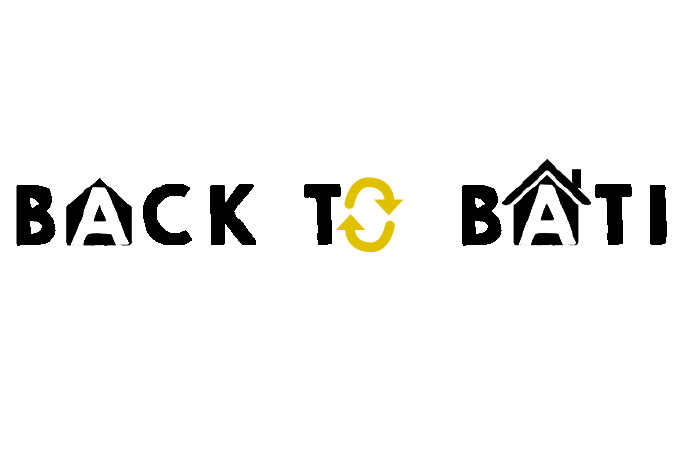One of the most challenging times for someone recovering from drug or alcohol addiction is when they leave a residential treatment center and head back to their daily life. Without the supervision and structure of a treatment program, a person in recovery can be tempted to return to old habits. The risk of relapse is particularly high in the first few months following treatment. Studies have identified that 65% to 70% of people relapse within the initial 90-day period. The goal of sober living homes is to monitor and improve health, safety and wellness using peer support. The goal of many halfway houses is to reduce recidivism among felons using supervision.
Facilitating: Lyndonville, New York 14098 Orleans County with Sober Living Homes, Call: 1-888-737-0761
Embracing the journey to recovery isn’t easy but sober living homes offer a beacon of hope. With their structured environment and comprehensive support, they’re not just a place to stay; they’re a crucial step toward a new, sober life. By integrating peer support with professional guidance, these homes equip you with the tools and resilience needed to face the world substance-free. Remember, the road to recovery is paved with challenges, but in a sober living home, you’re never walking it alone. Whether it’s finding your footing in the world again or building a network of support, these homes are there to guide and support you every step of the way. So if you’re ready to take that brave step toward sobriety, know that sober living homes are ready to welcome you with open arms and a path forward.
Sober Living House Rent
If you or a loved one needs more information, contact a treatment provider today. To have the best chance for effectively recovering from addiction or substance abuse and remaining sober long-term, individuals should look for drug-free, stable housing that will support their recovery. Since the sober living home industry has been undergoing many changes, many people may not be aware of the options, and it can be difficult to find http://shalala.ru/Evanescence/song/269095/ a quality sober living home if you don’t know where to look. We created this guide to explain the options for sober living homes, and to help you decide if they are right for you. Additionally, we will provide resources to help locate a certified recovery residence near you. Sober living is just like it sounds, a place to stay where you’ll have a supportive community and can start your new life free from alcohol or other drugs.
Sober Living Vs. Halfway Houses
The services, rent, rules and living conditions at sober living homes vary from place to place. Some homes are part of a behavioral health care system where residents live next to a rehab clinic, participate in outpatient therapy and have access to the clinic’s recreational activities. Most sober living homes require residents to pay their own rent and do chores. With some exceptions, sober living homes usually aren’t eligible for insurance coverage because they’re not considered a treatment facility by the government. This is because sober living homes don’t offer treatment as rehab facilities do.
Addiction and Mental Health Resources
However, some halfway houses are designed to reduce drug relapse rates for high-risk individuals leaving incarceration. Something important to note is that sober living houses are not the same as halfway houses. While they are both residences designed to support folks in maintaining sobriety and transitioning back into society, there are some key differences. Many people enter sober living houses after intensive inpatient or outpatient treatment.
Benefits and Drawbacks of Sober Living Homes
- If you or a loved one is transitioning into recovery housing, it’s important to work with your treatment team to make sure the residence offers the appropriate care.
- The ideal time to end your time at a sober living house is after you have established a strong foundation for moving forward sober, with a good quality of life and strong community support.
- In sober living homes, you can learn essential skills and techniques for recovering addicts before returning to your everyday life.
- This was a home, typically placed in low-income housing, that enforced policies around sobriety and required attendance to AA meetings.
- Level IV recovery homes tend to have a more institutional building framework.
- If you are ready to take back control of your life and enter addiction treatment, contact a treatment provider today to explore your rehab options.
This structure creates a sense of discipline and responsibility, essential qualities for a successful recovery journey. They are environments free of substance http://pushkiniada.ru/tekst/922-4.html abuse where individuals can receive support from peers who are also in recovery. There is no time limit on how long someone can live in a sober living house.

Common House Rules of Sober Living Homes
Level IV services include in-house clinical services and programming and life skill development. Level IV recovery homes tend to have a more institutional building framework. A Level II recovery residence assigns a house manager or senior resident to oversee the workings of the house and has at least one paid staff member.
- You should also ask about the program’s cost and any financial assistance that may be available.
- Living in a sober living house provides a structured, drug-free environment with house rules and guidelines to help residents maintain their sobriety and develop life skills to support their recovery.
- Sober living homes are generally less strict than halfway houses and allow residents more independence in terms of curfew, visitors, and access to technology.
- Sober living houses are often recommended for folks finishing up a drug rehabilitation program.Leaving the structure of a treatment program can be jarring, sometimes triggering a relapse.
- Like sober living homes, the Oxford Home provides stability and community connection post-treatment that establishes secure housing for individuals.
What Is a Halfway House?

Former residents and treatment alumni may visit regularly to provide additional guidance and support. Establishing a sober lifestyle is difficult during the early stages of recovery. You need somewhere safe you can go after treatment, a place where you’ll be free http://kuinje.ru/english.php of triggers and surrounded by social support. Your friends or family members may tempt you with alcohol or other drugs by consuming them in front of you. Level four sober homes are typically a branch of a larger organization with a hierarchy of authority.
